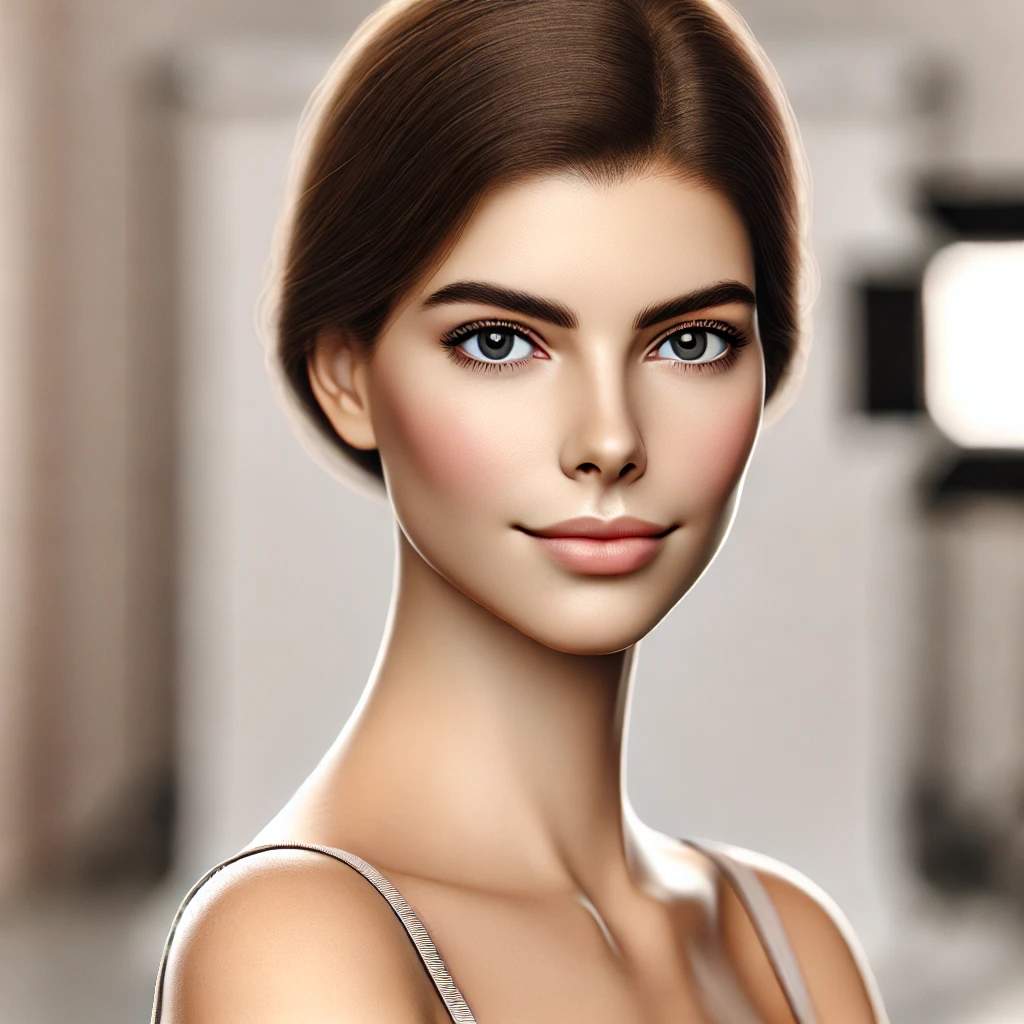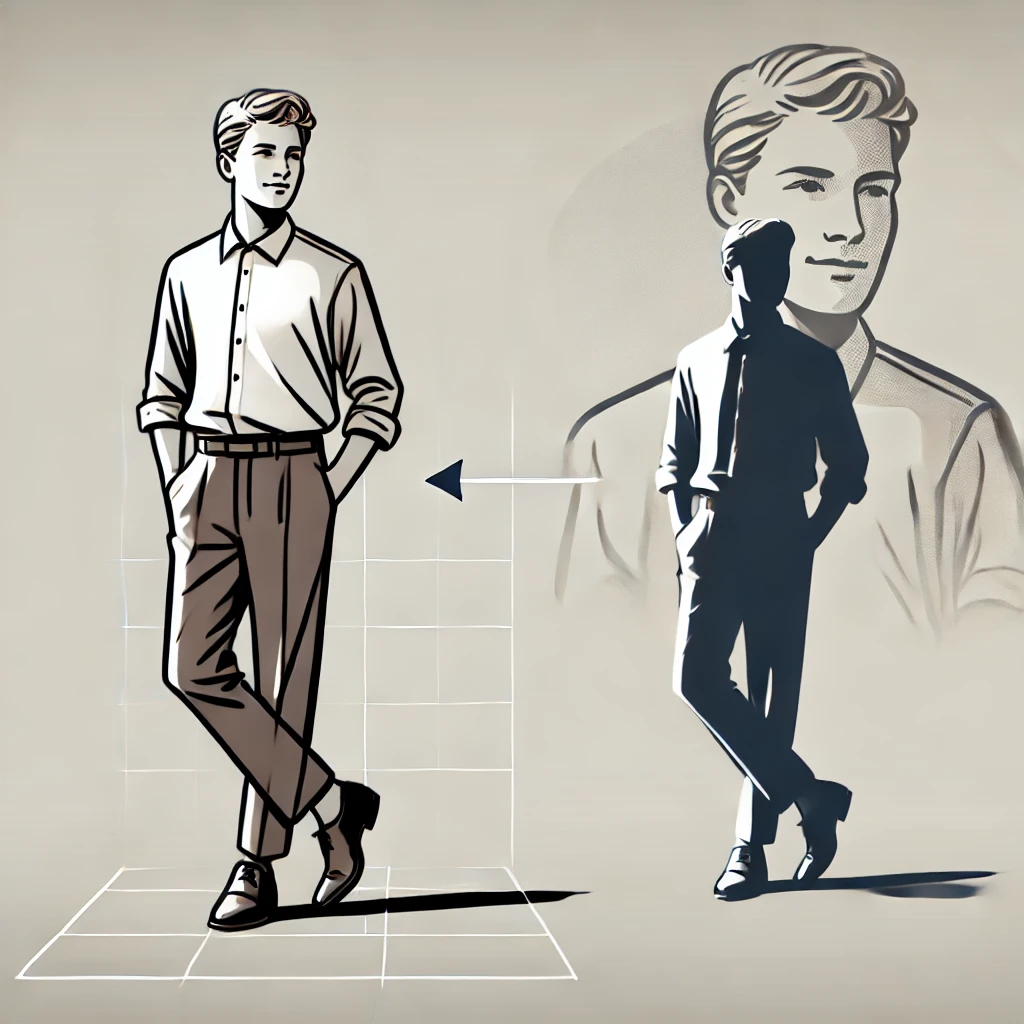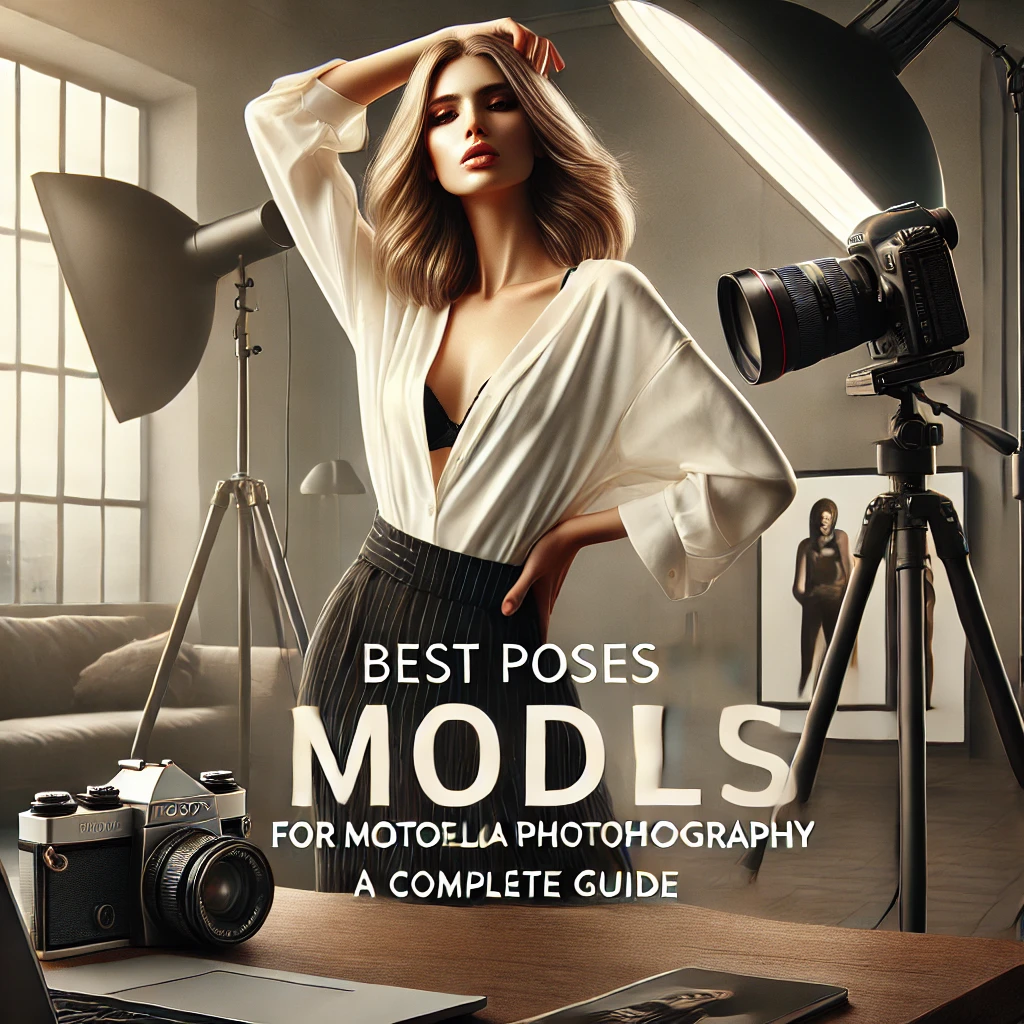In the world of modeling, posing is an art that conveys confidence, elegance, and versatility. A well-crafted modeling portfolio should include a diverse range of poses that highlight your strengths and adaptability. Whether you’re an aspiring model or an experienced professional looking to refresh your portfolio, mastering the right poses is essential. This comprehensive guide will walk you through the best poses for model portfolio photography, helping you create a dynamic and professional collection that attracts industry attention.
1. The Importance of Strong Pose for Model Portfolio
Why Posing Matters
- Defines your ability to express emotions and tell a story.
- Enhances body structure and creates visually appealing compositions.
- Helps agencies and brands visualize you in various roles.
- Differentiates you from other models with similar features.
What Makes a Great Pose?
- Natural yet intentional movements.
- Fluid transitions between poses.
- Confidence in body language and expression.
- Awareness of angles and lighting.
2. Basic Model Poses: The Foundation of a Strong Portfolio
2.1 The Classic Headshot Pose

- Keep posture straight with a relaxed jawline.
- Express natural confidence with soft eyes and a gentle smile.
- Maintain an open neck and avoid tilting your head excessively.
2.2 The Three-Quarter Pose

- Slightly turn your body at a 45-degree angle.
- Place one foot slightly forward to create depth.
- Use your arms to frame your face without covering key features.
2.3 The Profile Pose
- Face completely to the side to emphasize your facial structure.
- Maintain a relaxed but elongated posture.
- Experiment with hair positioning for added effect.
2.4 The Over-the-Shoulder Look
- Rotate your upper body slightly while keeping your shoulders relaxed.
- Give a soft or intense expression based on the shoot’s theme.
- Works well for beauty and editorial modeling portfolios.
3. Dynamic Poses for a Versatile Portfolio
3.1 The Walking Pose
- Creates a natural, candid feel for fashion and lifestyle portfolios.
- Keep strides confident and arms relaxed.
- Ensure facial expression complements the movement.
3.2 The Leaning Pose
- Lean against a wall, chair, or prop for variety.
- Experiment with different angles to create depth and intrigue.
- Maintain a strong core for a balanced and poised look.
3.3 The Seated Pose
- Engages posture while maintaining elegance and relaxation.
- Use leg positioning to enhance composition.
- Ideal for both fashion and commercial photography.
3.4 The Power Pose
- Stand tall with shoulders back and arms placed confidently.
- Conveys dominance and strength—ideal for editorial and fashion portfolios.
- Use eye contact to enhance the overall impact.
4. Facial Expressions and Hand Placement Techniques
4.1 Expressing Emotion Through Eyes
- A subtle squint can add intensity.
- Smiling with the eyes (smizing) enhances warmth.
- Use slight head tilts to complement different expressions.
4.2 Hand Placement Best Practices
- Avoid stiff hands—keep fingers slightly curved.
- Use hands to frame the face or highlight accessories.
- Ensure hand movements look natural, not forced.
5. Understanding Angles and Body Proportions in Posing
5.1 The Importance of Knowing Your Angles
- Each model has a “best side” that enhances their features.
- Experiment in front of a mirror or camera to identify flattering angles.
- Practice adjusting poses to fit various lighting conditions.
5.2 Creating Length and Shape
- Extend limbs naturally to elongate body structure.
- Shift weight onto one leg to create an appealing curve.
- Maintain core engagement to avoid slouching.
6. Advanced Poses for High-Fashion and Editorial Shoots
6.1 The Contrapposto Pose
- A classical pose where weight is shifted onto one leg.
- Creates an effortless yet powerful stance.
- Commonly used in high-fashion photography.
6.2 The Twisted Torso Pose
- Enhances curves and dynamic energy in the frame.
- Works well for dramatic and couture fashion shoots.
- Involves slight torso rotation while keeping the hips squared.
6.3 Asymmetrical Arm and Leg Placement
- Avoids static or rigid body positions.
- Experiment with extending one arm or shifting one leg forward.
- Adds dimension and visual intrigue.
7. Posing Tips for Different Modeling Niches
7.1 Fashion Modeling
- Strong, structured poses with high energy.
- Emphasize elongated body lines and confidence.
7.2 Commercial Modeling
- Friendly, approachable poses with natural expressions.
- Suitable for lifestyle brands and advertisements.
7.3 Fitness Modeling
- Dynamic, action-based poses that showcase strength.
- Defined posture with emphasis on muscle engagement.
7.4 Editorial Modeling
- High-drama poses with exaggerated angles.
- Artistic movements that tell a visual story.
8. Common Mistakes to Avoid in Model Posing
8.1 Stiffness and Lack of Fluidity
- Move naturally between poses to avoid robotic looks.
- Practice transitions to maintain elegance.
8.2 Over-Posing
- Avoid unnatural, forced movements.
- Maintain authenticity in each pose.
8.3 Ignoring Posture
- Always keep a straight spine and engaged core.
- Slouching can negatively impact the overall image.
9. Final Tips for Mastering Model Poses
- Practice in front of a mirror to refine your posture and expressions.
- Study professional models and analyze their posing techniques.
- Work with experienced photographers who can guide your movements.
- Relax and enjoy the process—confidence is key to compelling poses.
Conclusion
Posing is an essential skill that transforms an ordinary portfolio into a compelling, marketable asset. By mastering these techniques and continuously refining your posing abilities, you can create a professional model portfolio that stands out in the industry.

Mobile Photography Hacks: Candid Moments with Your Phone

Professional Model & Portfolio Photoshoots: Show Your Best Work
-

Street Photography Tips, Effects & Poses – Complete Guide
-

Leica Q2 for Photography: Why It’s Loved by Photographers
Mobile Photography Hacks: Candid Moments with Your Phone
Discover high-impact mobile photography hacks to capture genuine, gorgeous candid moments with your phone. Learn practical tips, composition secrets, and pro techniques to turn everyday scenes into stunning visual stories. Introduction: The New Age of Mobile Photography Photography has evolved beyond heavy cameras, technical jargon, and expensive equipment. Today, the power to capture extraordinary moments
Professional Model & Portfolio Photoshoots: Show Your Best Work
” Discover how to plan, style, and execute stunning portfolio photoshoots that showcase your skills, personality, and versatility. This comprehensive guide covers professional tips, posing ideas, gear suggestions, and industry insights for models and photographers.” Introduction – Why Portfolio Photoshoots Are the Cornerstone of a Photographer’s Career A well-crafted portfolio photoshoot is more than a
Street Photography Tips, Effects & Poses – Complete Guide
Discover the ultimate guide to Street Photography with expert tips, creative effects, and dynamic poses. Learn how to capture authentic urban moments, master composition, and tell powerful visual stories through your lens. Article Outline 1. Introduction to Street Photography Street Photography is more than just taking pictures of people in public spaces — it’s about
Leica Q2 for Photography: Why It’s Loved by Photographers
Introduction: The Cult Status of the Leica Q2 The Leica Q2 is not just a camera—it’s a statement. Combining the heritage of German precision engineering with modern digital excellence, it holds a special place in the hearts of professional and passionate photographers alike. With its full-frame sensor, prime Summilux lens, and minimalist design, the Q2
Top Cameras Under ₹1 Lakh for Freelance Photography
Freelance photography is no longer a niche—it’s a booming creative profession that demands not only vision and hustle but also the right gear. Your camera isn’t just a tool; it’s your storytelling partner. If you’re a freelance photographer aiming to balance performance, versatility, and budget, investing in a cameras under ₹1 lakh can offer the
Top Features of Nikon D850 That Make It Ideal for Photoshoots
Explore the top features of the Nikon D850 that make it a powerhouse for photoshoots. From exceptional resolution to dynamic range, this detailed Nikon D850 guide is built for professional and aspiring photographers. 1. Introduction When Nikon launched the D850, it quickly earned a reputation as a flagship DSLR that redefined what photographers could expect






